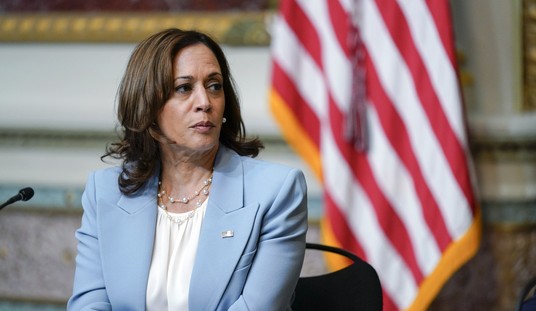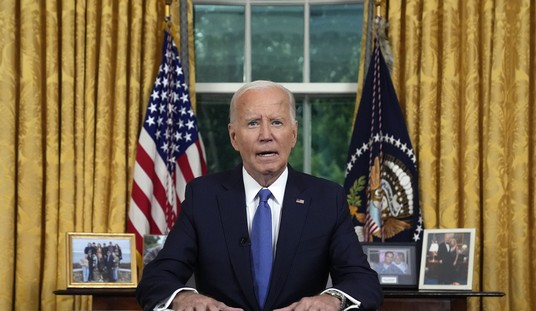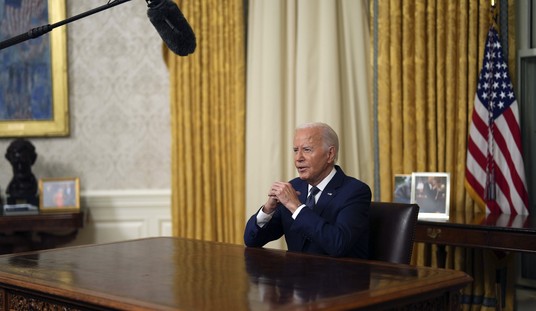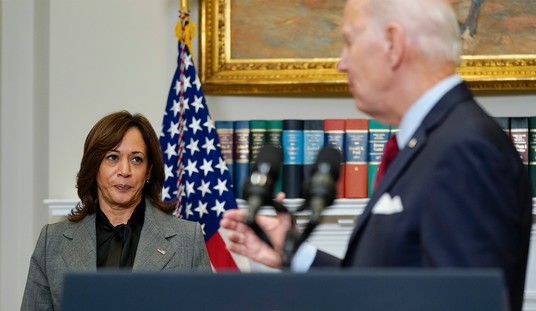There are milestones you celebrate: a kid's first step, a round-numbered birthday, a marriage anniversary. And then there are the milestones you dread: Reaching $22 trillion in national debt is one of them. We're slated to reach that number next month, yet nobody seems to care.
The $22 trillion figure we'll soon hit is the total of $16 trillion in public debt (what the government owes to domestic and foreign investors) and $5.8 trillion in intra-governmental debt (the money it owes to other government accounts like Social Security). No matter how you look at it, it's by far the highest level of debt Uncle Sam has accumulated in peacetime. It's also shocking, considering the economy is growing faster than it has for a while. Even worse, there's no end of that red ink in sight.
It's truly scary how fast that debt is growing. At the end of George W. Bush's presidency, in January 2009, U.S. debt was $10.6 trillion. Since then, we've more than doubled the national debt, adding $11.2 trillion, or averaging more than a trillion dollars a year. Let me say that again: In the last 10 years, the federal government has accumulated more debt than in its entire existence leading up to that period.
Also distressing is the bewildering lack of interest by both Republicans and Democrats to change the trajectory we're on. The simple reality is that the only way to make a course correction is to reform so-called entitlement spending -- Medicaid, Medicare and Social Security -- and nobody wants to do that.
Donald Trump, the Republican president, has said repeatedly that he won't touch Social Security and Medicare. Then there's the speaker of the House, Paul Ryan, the same guy who was so passionately sounding the alarm about the need to reform entitlement back in the 2000s. Yet he's done absolutely nothing on the issue ever since he became the head of the Republican House.
Recommended
Ryan has, however, presided over a massive amount of spending increases and tax cuts while rejecting structural spending overhauls. The result is an annual deficit that ballooned from $438 billion in 2015 to almost a $1 trillion. Meanwhile, his caucus is always calling for more money for defense, more money for a wall and more money for infrastructure. Nobody questions spending increases on other things like farm subsidies or food stamps, either.
On the other side of the aisle, the starlets of the Democratic Party support socialism and call for "Medicare for All" -- a plan that moves all responsibility for America's health care spending on to the federal budget. And they ask for an expansion of Social Security benefits, 12 weeks of paid family leave, free college education, a federal bailout of all student loan debt and a guaranteed-jobs program. The Manhattan Institute's Brian Riedl did the math: The free college, health care, etc., would increase federal spending by $42.5 trillion over the next decade. And that's on top of the additional $12.4 trillion that the federal government is already projected to spend over that same period.
Riedl calculates how much additional taxes would be required to make this socialist dream come true. Even after making incredibly generous assumptions that would make the socialist plan cheaper, this added spending would require slapping an additional 100 percent tax rate on all corporate profits and a 100 percent tax rate on all wage incomes above the threshold of $92,000 for single taxpayers or $150,000 for married couples. But even these impossibly high new levels of taxation wouldn't pay a single cent of our current projected debt accumulation.
Has everyone gone mad? Where are the adults in Congress? They're increasingly hard to find, and it's unfortunate because reality isn't negotiable.
Even if the Democrats fail to get their way in terms of socialist spending, our fiscal situation is disconcerting and getting worse by the day. Thanks to the baby boomers retiring and weighing more heavily on the system over the next 20 years, spending will explode, and so will the debt. Don't forget we're starting this ascension, already $22 trillion in the hole.
Under a best-case scenario, such a deficit-happy government can only lead to permanent low growth, a stifled entrepreneurial spirit and high unemployment. Of course, it could lead to a full-on debt-driven financial crisis, too.

























Join the conversation as a VIP Member